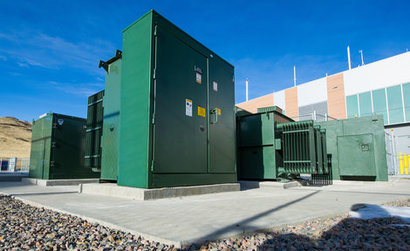
The Q1 2025 Energy Storage System Price Forecasting Report and Supply, Technology, and Policy Report offer insights developers and investors may find useful as they navigate a fast-changing environment. They present several findings, including:
US tariffs are raising import costs and complicating sourcing.
New tariffs on Chinese battery products are increasing the cost of imported systems and narrowing the price gap between Chinese and South Korean cells. Although Korean systems avoid some tariffs, they remain more expensive due to higher manufacturing costs – and they still rely heavily on Chinese raw materials like graphite and copper foil.
China’s dominance in LFP materials remains a core supply chain factor.
China has introduced new export restrictions targeting manufacturing technologies for LFP and other battery materials. These measures are intended to limit the transfer of production knowledge abroad and reinforce China’s leadership in global battery supply chains. Near-term supply of LFP materials for energy storage remains stable, but long-term diversification efforts may face additional hurdles.
Technology shifts are driving ESS system price declines.
Container prices are falling, primarily due to hardware innovations like larger 345 Ah cells and denser container designs. These improvements are lowering balance-of-system costs even as upstream material prices remain relatively stable.
Europe’s battery manufacturing ambitions are facing major headwinds.
More than 40 percent of announced European battery manufacturing capacity for 2026 has been canceled, delayed, or downsized. High energy costs, permitting challenges, and declining EV demand are slowing local supply chain development.
For additional information:

